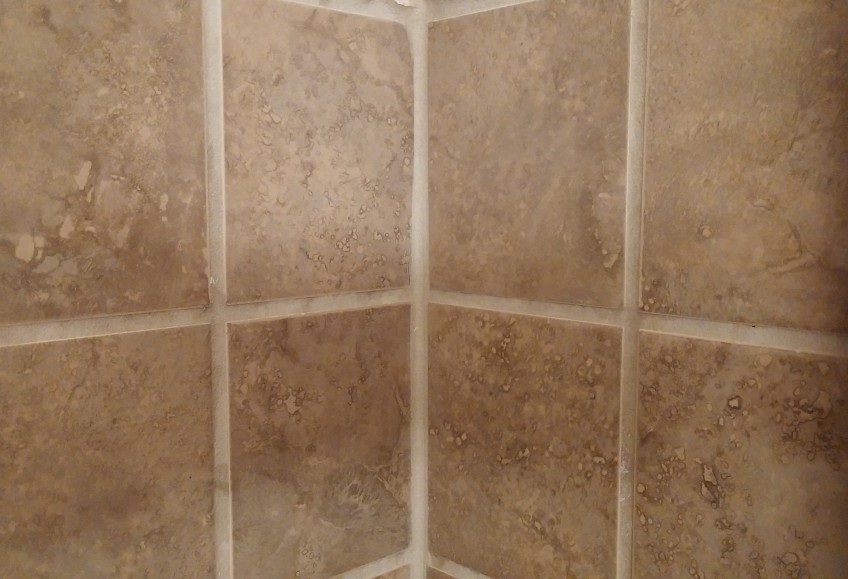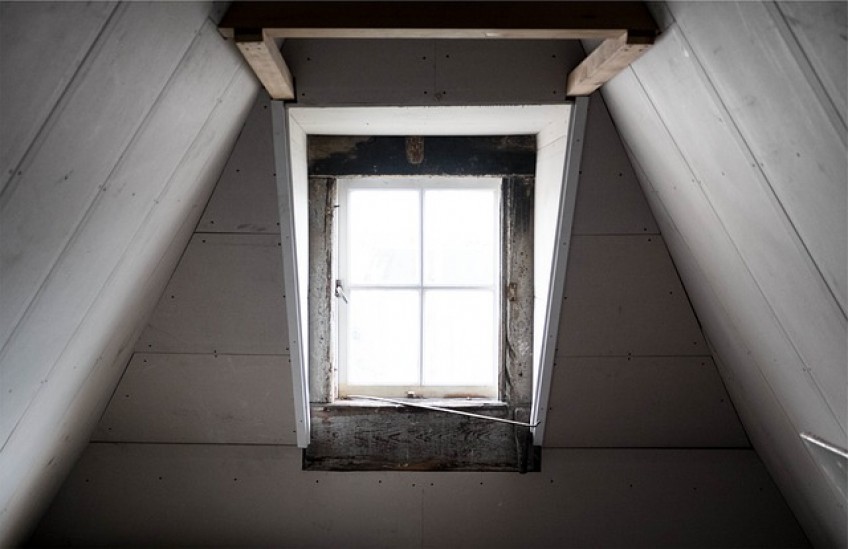Introduction
Your attic is not just an empty space to store the Christmas ornaments but rather a carefully designed aspect of your home that ensures many years of durability, energy efficiency, and comfort. While your attic should be relatively maintenance free, it is wise to complete an annual inspection for any signs of water damage, mold, pests, or other issues.
Step by step
Your unconditioned attic can be much hotter than the outside temperatures so pick a cool day for this inspection. Also, be extremely cautious when walking on areas without a solid decking, as the only thing separating you from a nasty fall to the room below is a thin sheet of drywall and some insulation. Be sure to bring a good quality flashlight with strong batteries.
Below is a short video with a few examples of things to look for when inspecting your attic.
- Get into the attic
Most attics have stairs, a folding ladder, or a hatch. If using either a folding ladder or temporary ladder, be sure to always maintain 3 points of contact and use caution going up and down.
Make sure you bring up a notepad and a camera to capture any issues you may find. This will help if you need to get contractor quotes to fix them. - Check the rafters
Look at the rafters holding up the roof and supporting the attic “floor”. If you see any signs of strain such as loose supports or cracking wood, take note and use caution in that area. Also look for discoloration that could have resulted from water intrusion. - Look for Water Damage
Start looking around the general area for any signs of water damage including darkened wood or matted insulation. Pay special attention to any areas with roof or wall penetrations such as chimneys, vents, electrical wires, or plumbing. Take note of the tips of the roofing nails piercing the plywood. If they’re rusty or have stains around them, you may have condensation or leaks. - Look for Mold
Even if you do not have a leak somewhere in the roof, you can have mold damage caused by poor ventilation or improper vapor protection. Look for black or white mold on any surfaces, paying special attention to corners and areas around bathroom vent fans. - Look for Pests
An attic is a lovely spot for rodents and insects to hang out. Look for signs of rodents such as nests, droppings, tunnels, and chewed debris. Insects may be harder to spot so look carefully for paper or mud nests, dead insects, or spider webs. - Check the vents
It may seem that an attic should be sealed tight, but unless specifically designed this way, it needs plenty of ventilation! Ventilation normally comes in the form of ridge vents (an gap along the peak of the roof), soffit vents (the vents under the eaves), box/off-ridge vents (openings in the roof), or fans (solar, electric, or wind powered). Many attics will have a combination of these.
Some think it is wise to close vents prior to winter, but you shouldn’t do this! Rather, check your vents to make sure they are clear from any obstructions such as insulation or storage items. If you have mechanical ventilation such as fans, make sure they are spinning freely. - Check the exhaust fans
Kitchen and bath exhaust fans are typically ducted through the attic and then exhausted out the roof.If ductwork connections are loose, humid and/or dirty air can enter the attic. Check to ensure ductwork is also in good condition and not crushed or broken. Seal with flashing caulk if small holes and gaps exist. - Check the Insulation
Check and make sure that there are no gaps in insulation. Blown in insulation should be evenly distributed and fluffy. Take note of the average depth of insulation. - Schedule Repairs
Hopefully your inspection yielded no concerns, but if it did, don’t delay! Take your list of issues and call a few reputable contractors to discuss corrections. Moisture and mold issues are especially dangerous and should be addressed right away. Any pest issues should be addressed with an exterminator. - Mark Complete!
Good job! Is it too early to get the Christmas decorations down while you’re up here?




